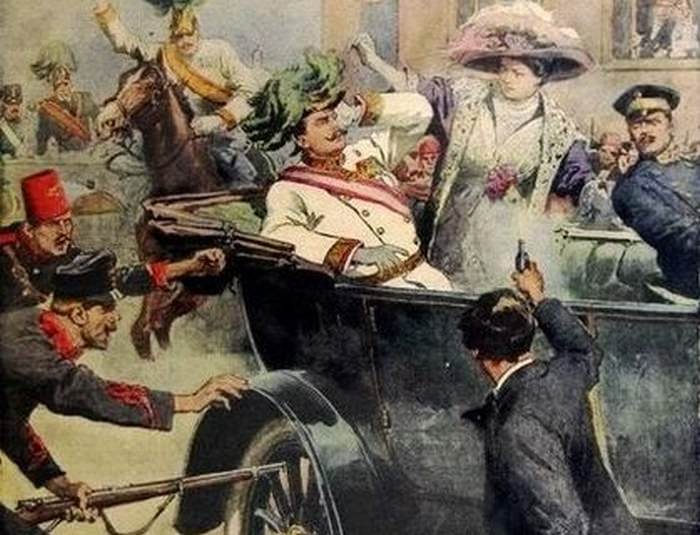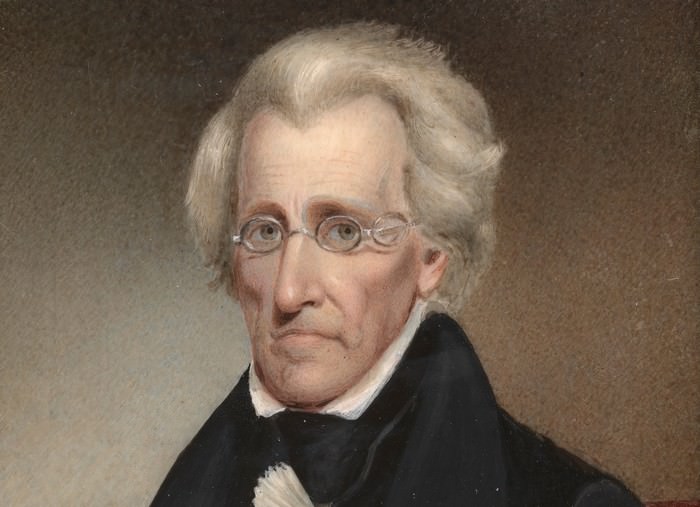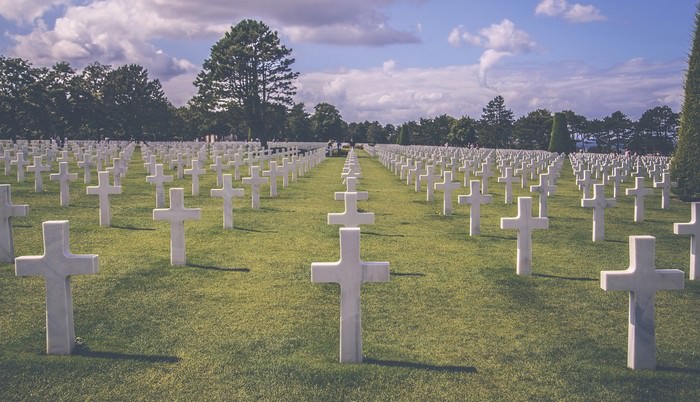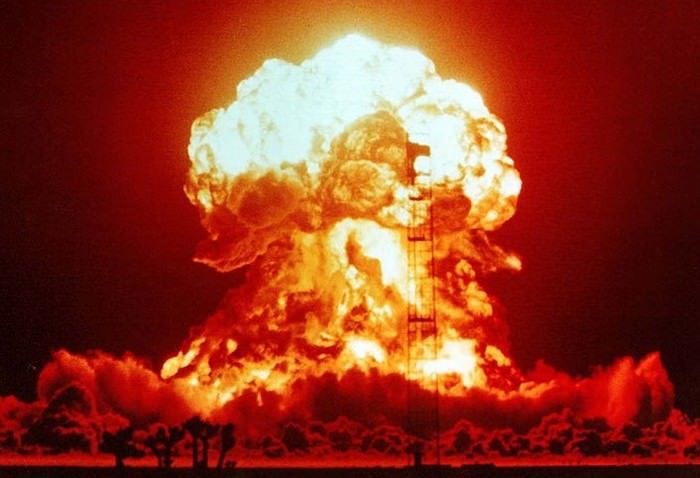| There is a famous expression: "Truth is stranger than fiction". Throughout history, there were many events that could only occur due to incredible coincidences. From wars to assassinations, amazing luck to great misfortune, many moments in history could only come to pass thanks to a series of unforeseen circumstances. 1. World War I Was Nearly Avoided |  | The event that sparked the First World War is attributed to the assassination of Archduke Franz Ferdinand. However, the original assassination attempt failed – Ferdinand was supposed to be killed by a bomb as he was being driven through the streets of Sarajevo (Bosnia). When the bomb blew up, it took out the car behind the archduke's, and his driver decided to change the route. Little did he know that the new route took them right up to one of the assassins, who stopped at that particular spot to buy a sandwich. 2. The Would-Be Assassination of Andrew Jackson |  | Andrew Jackson, the seventh president of the United States, was the target of an assassin – an unemployed painter by the name of Richard Lawrence.. On January 30th, 1835, Jackson came to the funeral of a representative from South Carolina. As Jackson was leaving, Lawrence approached him and produced a pistol, aimed at Jackson and pulled the trigger. The gun misfired. Lawrence then pulled out a second pistol, only to have it misfire too. At that point, President Jackson began to use his cane to beat up his would-be assassin. 3. One Electron is Worth Two Nobel Prizes |  | An Electron is a subatomic particle that has an important part in electricity, magnetism, and thermal conductivity. It was discovered by J.J. Thompson who subsequently won the 1906 Nobel Prize in Physics for his discovery. In his research, Thompson proved that the electron was a wave. Amazingly, his son, George Thompson, who was also one of his students, won the 1937 Nobel Prize in Physics by proving that the electron is, in fact, a particle. 4. Double Dennis – Double Menace |  | Dennis the Menace is a comics about a fictional boy who s to get in trouble. There is an American version, as well as a British one, which bear a striking resemblance. Oddly enough, both characters were created by different authors that had no prior knowledge of each other's work. Stranger still is the fact that both were published on the 12th of March, 1951. 5. The First and the Last |  | The first British soldiers to be killed in World War I was named John Parr. The last British soldier to die during that war was George Ellison. Even though it was not planned, the two are buried in the same cemetery, in adjacent graves that face each other. 6. The Luckiest Man in Japan |  | The Second World War ended with Japan's surrender to the Allies, following the nuclear strikes on the Japanese cities of Hiroshima and Nagasaki. Tsutomu Yamaguchi lived in Nagasaki but was at Hiroshima on a job. On his last day in the city, it was hit by the first nuclear strike, but Yamaguchi survived. He then went home to Nagasaki, arriving a short time before the second nuke detonated. Amazingly, Tsutomu survived again. 7. The McLean Property |  | The first major battle of the American Civil War began on July 21st, 1861, in the state of Virginia, on the McLean family farm. The McLeans moved hundreds of miles away to escape the fighting and remained safe for the duration of the war. Four years after abandoning their farm, the McLeans were visited by a messenger from General Robert E. Lee, who asked to use their property to sign the formal surrender order, effectively ending the war. 8. When Life Imitates Fiction |  | In 1989, author Morgan Robertson wrote a book titled "Futility,or the Wreck of the Titan". The book discussed a passenger liner named Titan, described as "unsinkable", and its eventual sinking after hitting an iceberg while travelling on the Atlantic Ocean. If that story sounds it's a rip-off of the Titanic, you're sorely mistaken. The story of the Titan was published 14 years prior to the sinking of the Titanic. In fact, the details of the Titan and the incident are nearly identical to what happened to the Titanic – They were almost the same size, carried almost the same amount of passengers (more than half of which died), the ships were moving at similar speeds, hit an iceberg on their starboard side in April, some 400 miles off of Newfoundland… |
|
--
You received this message because you are subscribed to the Google Groups "Keep_Mailing" group.
To unsubscribe from this group and stop receiving emails from it, send an email to
keep_mailing+unsubscribe@googlegroups.com.
To post to this group, send email to
keep_mailing@googlegroups.com.
Visit this group at
https://groups.google.com/group/keep_mailing.
To view this discussion on the web visit
https://groups.google.com/d/msgid/keep_mailing/CAH3M5Ot1wsAOs7ONzfbr5eLdwaJ2ZyeeFXw-ifjA6oCxknqVhg%40mail.gmail.com.
For more options, visit
https://groups.google.com/d/optout.








No comments:
Post a Comment